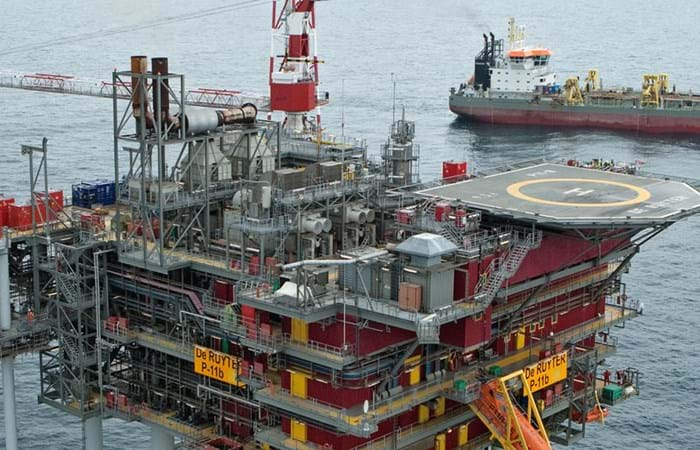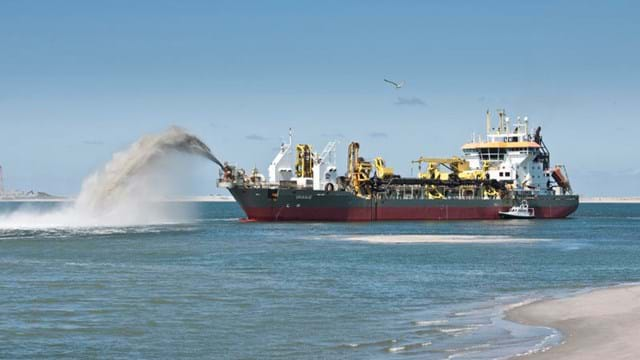Dana Petroleum Netherlands B.V. is the operator of the Pllb De Ruyter field and oil-producing platform located in the Dutch section of the North Sea.
Several small oil and gas prospects lie within Pllb and adjacent blocks. Dana Petroleum planned initially to develop two confirmed small oil and gas fields as part of the Dutch gas development strategy, with other fields being developed over time to increase gas production. The two initial wells Van Nes and Van Ghent, combined referred to as the Medway Development, are developed as tie-back to the existing De Ruyter platform. Subsea 7 was awarded the Subsea EPIC Contract for the Medway Development, consisting of trenching, installing, backfilling and commissioning of the tie-back flowlines to the De Ruyter GBS platform. Subsea 7 subcontracted Boskalis Offshore to execute the following seabed preparatory works:
- Pre-sweeping of a 30 meter wide corridor to modify existing seabed features with the aim of reducing freespans;
- Peak shaving to reduce the steepness of slopes in order to aid pipeline trenching;
- Complete route survey work at specified stages to confirm the seabed profile.

